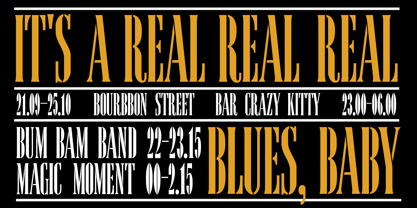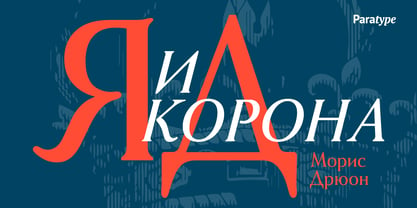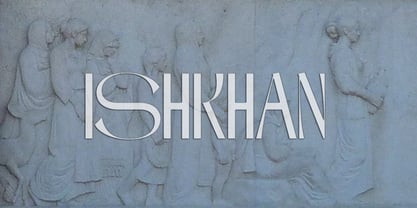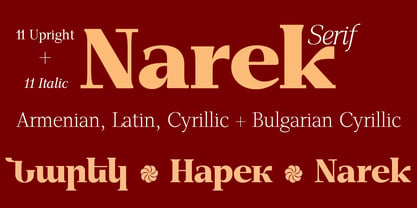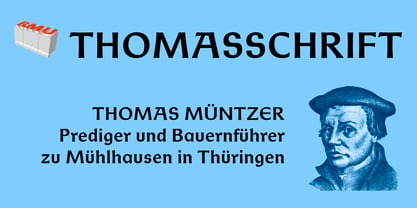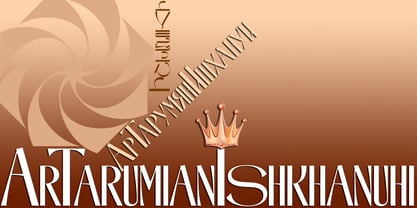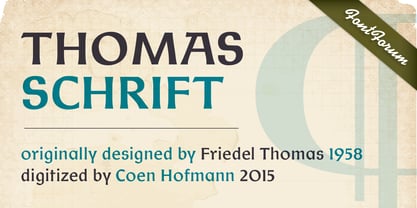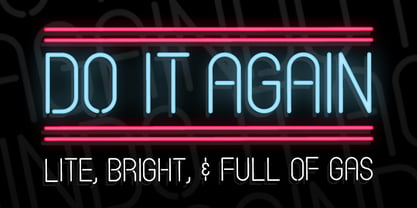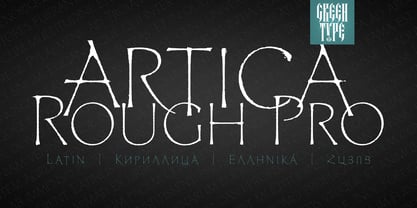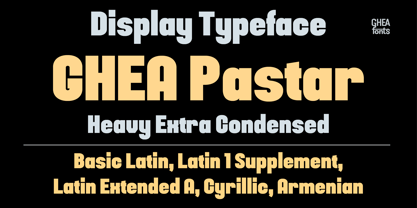641 search results
(0.2 seconds)
- Bardi by ParaType,
$30.00 - Garaje 53 Unicase - 100% free
- Bleeding Freaks - Unknown license
- Haverj by ParaType,
$30.00 - ArTarumianIshkhan by Tarumian,
$40.00 - GHEA Narek Serif by Edik Ghabuzyan,
$65.00 - NiteClub - Personal use only
- Thomasschrift by RMU,
$35.00 - PORT118 - Unknown license
- Mirisch - Personal use only
- ArTarumianIshkhanuhi by Tarumian,
$40.00 - malfunction - Unknown license
- AGRAR Unicase - Unknown license
- PIGSTY - Unknown license
- pigpen - Unknown license
- ThomasSchrift by URW Type Foundry,
$39.99 - DingMaps - Personal use only
- FontSale - Personal use only
- EZBorder - Personal use only
- Local Druggist JNL by Jeff Levine,
$29.00 - GHEA Zartonk by Edik Ghabuzyan,
$40.00 - Do It Again by Thinkdust,
$10.00 - Rhino - Unknown license
- Flat tyre - Unknown license
- Child's Play - Unknown license
- I Still Know - Unknown license
- GHEA Tamara by Edik Ghabuzyan,
$30.00 - Swashett - Personal use only
- Lard! - Unknown license
- Holiday hardcore - Unknown license
- Artica Rough Pro by Green Type,
$46.00 - RufCrate - Personal use only
- HolyMoly - Personal use only
- Holiday hardcore - Unknown license
- NewForum - Personal use only
- Della Robbia by Bitstream,
$29.99 - GHEA Pastar by Edik Ghabuzyan,
$40.00 - Mottek - Personal use only
- TallDeco - Unknown license
- Comaro - Personal use only
